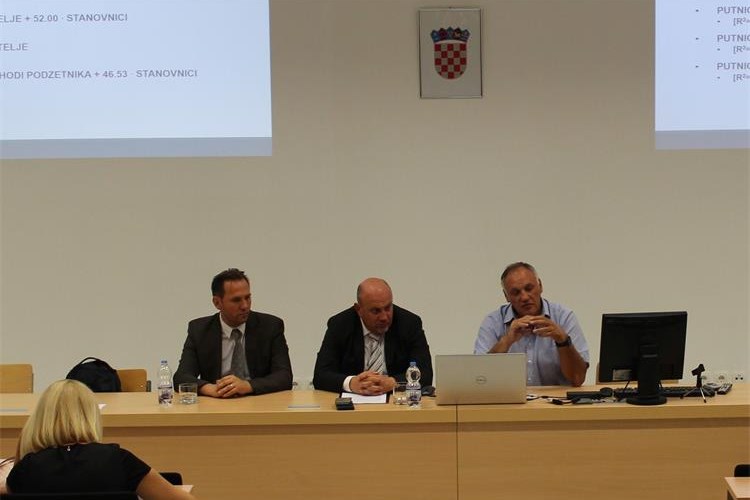- Published: 16.09.2019.
National plan for development of coastal maritime traffic lines until 2030 launched
The final version of the national plan for the development of coastal maritime traffic lines in the period until 2030 was presented at a conference in Split on Monday, at which it was said that EU funding would be applied for in line with the plan.
The document was made by the Rijeka Faculty of Maritime Studies, it cost HRK 3.45 million and 85% of the necessary funding came from the European Union.
Professor Damir Zec of the Rijeka Faculty of Maritime Studies said that the plan covered two EU financial frameworks and provided guidelines for the next financial framework, after 2020.
"The document concerns about some 50 maritime traffic lines and 15 large and about 40 smaller islands," Zec said.
"In the coming period there will be new, alternative fuels and we will have to develop electricity-powered vessels, and ports will have to adapt to new maritime transport technologies," he said.
Zec noted that as of 2020 Croatia would have a problem with waste on the islands because under the national waste management plan it would no longer be possible to dispose of waste on the islands and it would have to be transported to the mainland.
The professor went on to say that Croatia was faced with seasonality, a major problem in maritime traffic. "We have the greatest seasonality in Europe - the number of passengers during the two summer months is far higher that in the other nine months and that makes the system of coastal maritime line traffic cost-ineffective."
"The national plan will serve as a basis to absorb funding from the Operational Programme 'Competitiveness and Cohesion' to build ports, connect islands with the mainland and islands with islands, as well as to build vessels," Assistant Sea, Transport and Infrastructure Minister Andjelko Petrinic said.
(Hina)
News
The document was made by the Rijeka Faculty of Maritime Studies, it cost HRK 3.45 million and 85% of the necessary funding came from the European Union.
Professor Damir Zec of the Rijeka Faculty of Maritime Studies said that the plan covered two EU financial frameworks and provided guidelines for the next financial framework, after 2020.
"The document concerns about some 50 maritime traffic lines and 15 large and about 40 smaller islands," Zec said.
"In the coming period there will be new, alternative fuels and we will have to develop electricity-powered vessels, and ports will have to adapt to new maritime transport technologies," he said.
Zec noted that as of 2020 Croatia would have a problem with waste on the islands because under the national waste management plan it would no longer be possible to dispose of waste on the islands and it would have to be transported to the mainland.
The professor went on to say that Croatia was faced with seasonality, a major problem in maritime traffic. "We have the greatest seasonality in Europe - the number of passengers during the two summer months is far higher that in the other nine months and that makes the system of coastal maritime line traffic cost-ineffective."
"The national plan will serve as a basis to absorb funding from the Operational Programme 'Competitiveness and Cohesion' to build ports, connect islands with the mainland and islands with islands, as well as to build vessels," Assistant Sea, Transport and Infrastructure Minister Andjelko Petrinic said.
(Hina)


